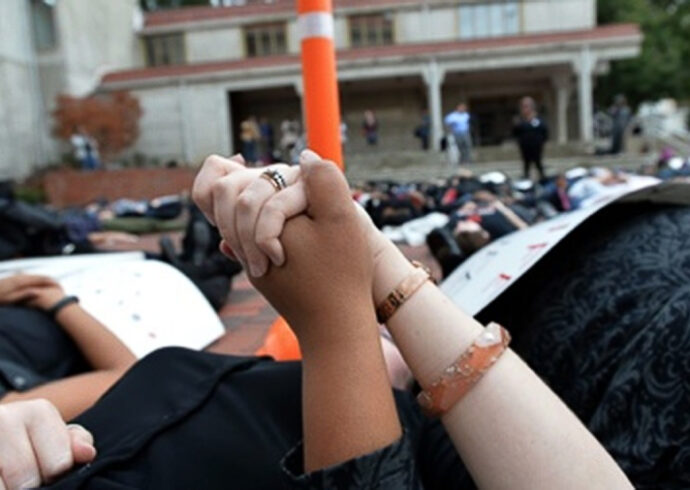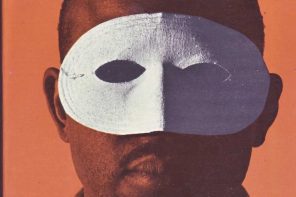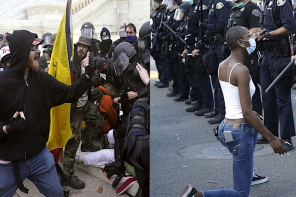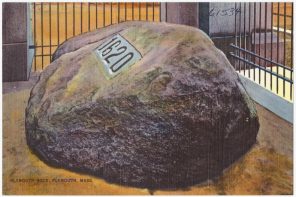Protesters have taken to the streets this season to disrupt a system which perpetually declares black and brown lives less than human—a system that thrives on Wall Street, in congress, in institutions of higher education, and even in churches.
Many pastors, congregants, seminarians, and faith leaders have taken to the streets in solidarity with protestors. Along with “Black lives matter,” “I can’t breathe,” and “Hands up, don’t shoot,” these faith leaders have also chanted a powerful phrase: “This is what theology looks like.”
From Ferguson to New York City this phrase has been invoked—and its declaration demands to be unpacked, for within its rhythmic syncopation enacted in a physical protest lies a prophetic challenge for faith communities in this country’s moment of racial/ethnic crisis.
In marching in solidarity with those communities directly affected by police brutality and systemic racism—including the very communities of many faith leaders marching—this chant draws attention to a physical disruption. Moving away from an academic or interpersonal discourse, these leaders declare that the theological enterprise—the study, understanding, and enactment of God—does not only happen while we sit in a classroom or in the pews of a congregation.
Understanding and invoking the divine occurs when our bodies are disrupting the status quo. When faith leaders declare “This is,” they refer to shutting down the Brooklyn Bridge, “dying in” at Penn Station, or disrupting “business as usual” during the system’s iconic celebrations: Black Friday or the Rockefeller Center’s tree lighting.
To do theology is to disrupt the system by organizing, tweeting, marching, and protesting.
For those of us from the Christian tradition this ought not be surprising. The zenith of the Christian narrative is the death of an innocent, unarmed black man who declared his inability to breathe as he asked God why God had forsaken him. Yet what forsook the Christ was a system that allowed the state to justify the death of an innocent man and crucify him at the hands of soldiers following orders. It was a system that understood his death as “business as usual.”
The physical resurrection of Jesus, then, was an embodied declaration that this black life mattered. This prophetic claim was not enacted in an academy or a temple, however; it was embodied in the streets as people witnessed a physical disruption—and those in power ran scared.
We march in solidarity, chanting “This is what theology looks like!” because every time we disrupt business as usual with our presence we are refusing to let the system forget the lives of those it has crucified.
For those of us who are Christian, the heart of our theology rests in physical disruption of the racist, white-supremacist system which sees the murders of Mike Brown, Eric Garner, Akai Gurley, Aiyana Jones, Tarika Wilson, Tamir Rice, Jesus Christ and of countless other black and brown lives as “business as usual.”
Theology happens when we offer our bodies in solidarity with the oppressed, disrupting the systems that perpetuate oppression: this is what theology looks like.





